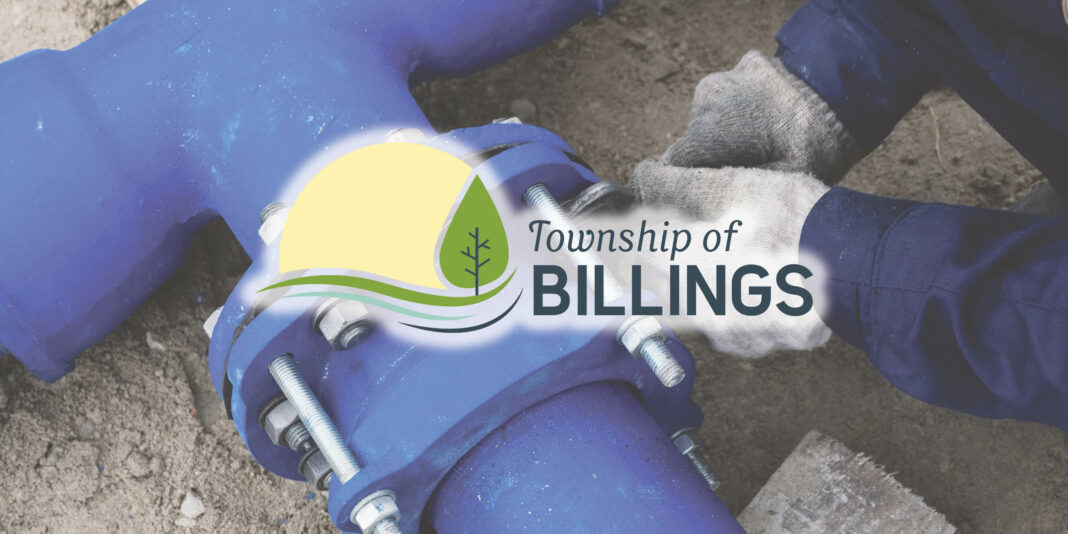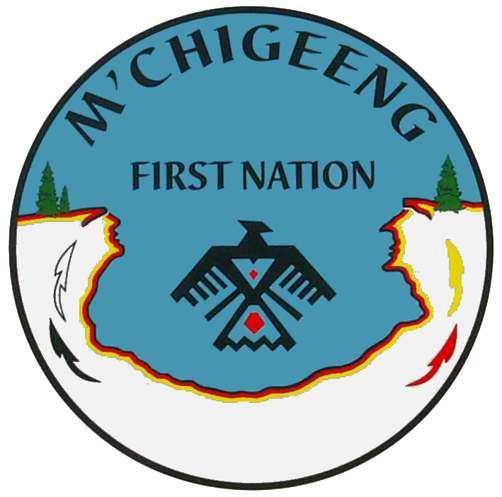KAGAWONG—At the January 16 Billings township council meeting, CAO/Clerk Emily Dance provided clarification on the water system financial plan 2021-2027 and its impact on the Old Mill Waterline Project.
Ms. Dance reported that within the water system financial plan that was passed in 2020 the plan made note of $369,406 being funded by the water users. She confirmed “water users” are those who will benefit property owners on Old Mill Road only.
The CAO/Clerk also explained that in the water system financial plan any surplus would be transferred to the water capital bank account at the end of the year and a deficit would be offset by a transfer from the same account only if sufficient funds were available. Ms. Dance informed the council that records show that on average, the surplus is $50,000 to no more than $100,000 and goes into the account every year.
The CAO/Clerk provided an example to council of an emergency repair that was not budgeted nor taken into account from 2022 where the water bank account was used for repairs to the water treatment plant. The basement ceiling was decaying under the first-floor chemical overflow area and required repair; the low lift station required maintenance on the main door; and the wet well and screens needed to be cleaned for zebra mussel control which required divers. In total, the unbudgeted costs were approximately $20,000.
As well, in 2018 there were significant capital upgrades made to the interior and exterior of the water tower including a new membrane and industrial painting. The expenditure approved by resolution of council was $310,185. Council was informed the water reserve account was used for these costs.
CAO/Clerk Dance went on to explain that based on up-to-date information from the Ontario Clean Water Agency (OCWA), over the next five years there will be an approximate investment in capital for the water tower and lift station of approximately $400,000, the large expenditures included in 2027 of $152,000 for a membrane replacement, pump board replacement, SCADA (computer) programming improvements, clearwell inspection cleaning, water quality analysis and a probe replacement. In 2028, there will be a $100,000 low lift pump replacement and two separate pump board replacements.
Ms. Dance said these expenditures rely on the funds in the water bank account to cover the costs. Should the account be depleted, significant increase in the water levy will be required to cover these expenditures in a short time.
“Unfortunately, there has been some misinformation and speculation regarding the water system financial plan and the amounts and the balances of the water bank account,” said Mayor Bryan Barker. “Most of the figures outlined in the plan are projections and estimates, which are always unknowns. As mentioned in the water system financial plan, there was always the intention of the benefiting water users to pay for the shortfall in the Old Mill waterline replacement project cost recovery $369,406. The estimated cost at that time was $1,385,000. I’ll emphasis estimate because the exact costs were not known at that time. Upon completion of the project, those costs were reconciled ($1.6 million) and the water users’ portion after funding was over $20,000 per water user.”
“Council recognized that that amount would be a hardship for many of the affected ratepayers and reduced that amount to $10,000 per water user by removing the costs that were not directly related to the actual water delivery,” continued Mayor Barker. “This amount still posed a hardship to some, and following a public meeting, council directed staff to explore further options for cost recovery. One of the options presented to council was that the unfunded costs be spread among all water system ratepayers and this amount was further reduced to $888.88 per benefitting property, with four equal payments spread out over 2024-2025. None of the cost recovery directly associated to the Old Mill waterline project was paid for by non-user taxpayers.”
“Our CAO has given us examples of past operational repairs and operating costs as well as projected future costs,” said Mayor Barker. “These costs are significant amounts, and these costs have to be paid. If that bank account were to be depleted, all emergency cost recovery would have to be paid by the water users. Having the water bank account is proactive and would reduce the burden on all water users.”
Council unanimously passed a motion to approve the cost recovery bylaw that will see 234 properties on the Kagawong water system that currently derive or could derive a benefit later pay $888.88 spread over four payments at zero percent interest.
At its meeting last week, council also approved the creation of a sub-committee to assist in the creation of a municipal-owned water system policy.





